Innovative Bonding Solutions: Exploring the Versatility of Cyanoacrylate Instant Adhesives
SHOP CYANOACRYLATE INSTANT ADHESIVES
When it comes to bonding solutions, cyanoacrylate instant adhesives are taking the industry by storm. These innovative adhesives offer a wide range of applications and boast remarkable versatility that sets them apart from traditional bonding methods. Whether you need to bond metals, plastics, rubber, or even ceramics, cyanoacrylate adhesives provide a solution that is strong, reliable, and easy to use.
These instant adhesives are known for their rapid curing time, allowing for quick and efficient bonding processes. With a simple application, they form a strong and durable bond that can withstand extreme temperatures and varying environmental conditions. This makes cyanoacrylate adhesives ideal for a multitude of industries, including automotive, electronics, woodworking, and medical.
The key to the success of cyanoacrylate adhesives lies in their unique chemical composition. They form strong bonds by polymerizing when they come into contact with moisture, resulting in a durable and long-lasting adhesion. This chemical reaction ensures that the adhesive adheres securely to the surfaces being bonded, providing excellent strength and integrity.
In this article, we will explore the versatility of cyanoacrylate instant adhesives and delve into their various applications across industries. Join us as we uncover the incredible potential of these innovative bonding solutions.
Advantages of cyanoacrylate instant adhesives
Cyanoacrylate instant adhesives offer several key advantages over traditional bonding methods. First and foremost, their rapid curing time sets them apart. Unlike other adhesives that require extended drying or curing periods, cyanoacrylate adhesives bond almost instantly upon contact with moisture. This allows for increased productivity and efficiency, as less time is wasted waiting for the adhesive to dry.
Another advantage of cyanoacrylate adhesives is their excellent strength and durability. Once cured, these adhesives form a bond that is both strong and long-lasting. They can withstand a wide range of environmental conditions, including high temperatures, humidity, and even chemical exposure. This makes them suitable for use in applications that require reliable bonding solutions.
Additionally, cyanoacrylate adhesives offer versatility in terms of the materials they can bond. From metals and plastics to rubber and ceramics, these adhesives can securely bond a variety of substrates. This makes them ideal for a wide range of industries, from automotive and electronics to woodworking and medical. The ability to bond different materials with a single adhesive simplifies the bonding process and reduces the need for multiple types of adhesives.
Applications of cyanoacrylate instant adhesives in various industries
The versatility of cyanoacrylate instant adhesives makes them suitable for a multitude of applications across various industries. In the automotive industry, these adhesives are commonly used for bonding plastic and rubber parts, as well as for sealing and gasketing applications. Their ability to withstand high temperatures and resist automotive fluids makes them an ideal choice for these applications.
In the electronics industry, cyanoacrylate adhesives are used for bonding delicate components, such as circuit boards and microchips. Their rapid curing time and excellent bond strength ensure that the components are securely held in place, even when subjected to vibrations or temperature changes. These adhesives also provide electrical insulation, protecting the delicate electronics from moisture and other environmental factors.
Woodworking is another industry where cyanoacrylate instant adhesives find extensive use. They are ideal for bonding wooden joints, providing a strong and durable bond that can withstand the stresses and strains of everyday use. These adhesives also work well for repairing small cracks and filling gaps in wooden surfaces, ensuring a seamless finish.
The medical industry also benefits from the versatility of cyanoacrylate instant adhesives. They are commonly used for closing wounds and surgical incisions, providing a quick and reliable alternative to traditional sutures. These adhesives offer excellent biocompatibility and are sterile, making them suitable for use in medical procedures.
Factors to consider when selecting cyanoacrylate instant adhesives
When selecting a cyanoacrylate instant adhesive for your specific application, several factors should be taken into consideration. One important factor is the substrate material. Different adhesives work better on certain materials, so it is essential to choose an adhesive that is compatible with the materials being bonded. It is also important to consider the environmental conditions the adhesive will be subjected to, such as temperature, humidity, and chemical exposure. Certain adhesives may perform better than others in extreme conditions.
Another factor to consider is the curing time of the adhesive. Depending on the application, a fast-curing adhesive may be preferred to maximize productivity, while in other cases, a slower curing adhesive may be necessary to allow for proper alignment and positioning of the parts being bonded. It is also important to consider the shelf life of the adhesive, as some adhesives may have a limited storage period before they expire.
The viscosity of the adhesive is another important consideration. Different viscosities are suitable for different applications. Low viscosity adhesives are ideal for bonding small parts or for applications where the adhesive needs to penetrate into tight spaces. High viscosity adhesives, on the other hand, are better suited for bonding larger parts or for applications where gap filling is required.
Tips for using cyanoacrylate instant adhesives effectively
To get the best results when using cyanoacrylate instant adhesives, it is important to follow some key tips and best practices. First and foremost, ensure that the surfaces being bonded are clean, dry, and free from any contaminants. Any dirt, oil, or moisture on the surfaces can interfere with the adhesive's ability to bond properly. Cleaning the surfaces with a suitable solvent prior to bonding is recommended.
It is also important to apply the adhesive sparingly. Cyanoacrylate adhesives are known for their high bonding strength, and a little goes a long way. Applying too much adhesive can result in excess squeeze-out and can weaken the bond. A thin, even layer of adhesive is sufficient for most applications.
When bonding two surfaces together, it is important to apply pressure to ensure proper contact and adhesion. This can be achieved by using clamps, weights, or other suitable methods. Applying pressure helps to remove any air bubbles and ensures a strong bond.
Common challenges and solutions when working with cyanoacrylate instant adhesives
While cyanoacrylate instant adhesives offer many advantages, they also come with their own set of challenges. One common challenge is the potential for bond failure when bonding certain materials, such as oily or acidic surfaces. To overcome this challenge, surface preparation becomes crucial. Cleaning the surfaces thoroughly and using a primer or activator can improve bonding performance on difficult-to-bond surfaces.
Another challenge is the short working time of cyanoacrylate instant adhesives. They cure rapidly upon contact with moisture, leaving little time for adjustments or repositioning. To address this, it is important to plan and prepare all the necessary components before applying the adhesive. This ensures that the bonding process can be completed swiftly and efficiently.
Additionally, cyanoacrylate adhesives can be sensitive to temperature and humidity. High temperatures can accelerate the curing process, while low temperatures can slow it down. It is important to store and use the adhesive within the recommended temperature range to ensure proper performance.
Safety precautions when handling cyanoacrylate instant adhesives
While cyanoacrylate instant adhesives offer many benefits, it is important to handle them with care to ensure personal safety. These adhesives can bond skin and other surfaces quickly, causing potential injuries. It is recommended to wear protective gloves when handling the adhesive to prevent direct contact with the skin. In case of accidental skin bonding, the adhesive can be dissolved using acetone or a suitable adhesive remover.
It is also important to work in a well-ventilated area when using cyanoacrylate adhesives. These adhesives can emit fumes during the curing process that may be irritating to the eyes, nose, and throat. Adequate ventilation helps to minimize the exposure to these fumes and ensures a safe working environment.
Innovations in cyanoacrylate instant adhesive technology
As technology continues to advance, so does the development of cyanoacrylate instant adhesive technology. One notable innovation is the introduction of flexible cyanoacrylate adhesives. These adhesives offer the same rapid curing time and bond strength as traditional cyanoacrylates but with added flexibility. This makes them ideal for bonding materials that undergo frequent movement or vibration.
Another innovation is the development of colored cyanoacrylate adhesives. These adhesives are formulated with pigments that allow for color matching, making them ideal for applications where aesthetics are important. Colored adhesives can blend seamlessly with the materials being bonded, providing a visually pleasing finish.
Comparison of cyanoacrylate instant adhesives with other bonding solutions
When comparing cyanoacrylate instant adhesives with other bonding solutions, several factors come into play. One key advantage of cyanoacrylate adhesives is their rapid curing time. Unlike other adhesives that require extended drying or curing periods, cyanoacrylate adhesives form a strong bond almost instantly upon contact with moisture. This significantly reduces the bonding time and increases productivity.
Additionally, cyanoacrylate adhesives offer excellent bond strength and durability. They can withstand a wide range of environmental conditions, including high temperatures, humidity, and chemical exposure. This makes them suitable for applications that require reliable and long-lasting bonding solutions.
In terms of versatility, cyanoacrylate adhesives are compatible with a wide range of materials, including metals, plastics, rubber, and ceramics. This eliminates the need for multiple types of adhesives and simplifies the bonding process.
Conclusion: The future of cyanoacrylate instant adhesives in the industry
Cyanoacrylate instant adhesives have revolutionized the bonding industry with their versatility and performance. From automotive and electronics to woodworking and medical, these adhesives find extensive use in a wide range of industries. Their rapid curing time, excellent bond strength, and compatibility with different materials make them a preferred choice for many applications.
As technology continues to evolve, we can expect further innovations in cyanoacrylate instant adhesive technology. Advancements such as flexible adhesives and colored formulations will further expand the range of applications and provide even more options for bonding solutions.
In conclusion, cyanoacrylate instant adhesives are a game-changer in the bonding industry. Their versatility, rapid curing time, and strong bond strength make them an ideal choice for a multitude of applications. Whether you are in the automotive, electronics, woodworking, or medical industry, cyanoacrylate adhesives offer a reliable and efficient solution for all your bonding needs. Embrace the future of bonding with cyanoacrylate instant adhesives and experience the incredible potential they have to offer.
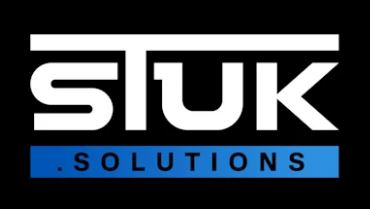
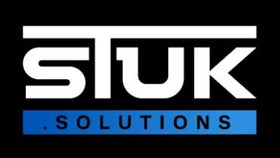
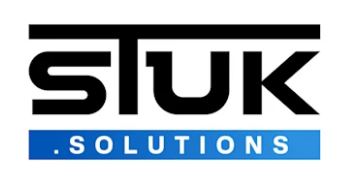
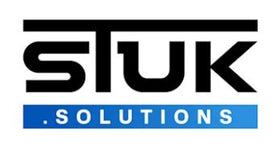
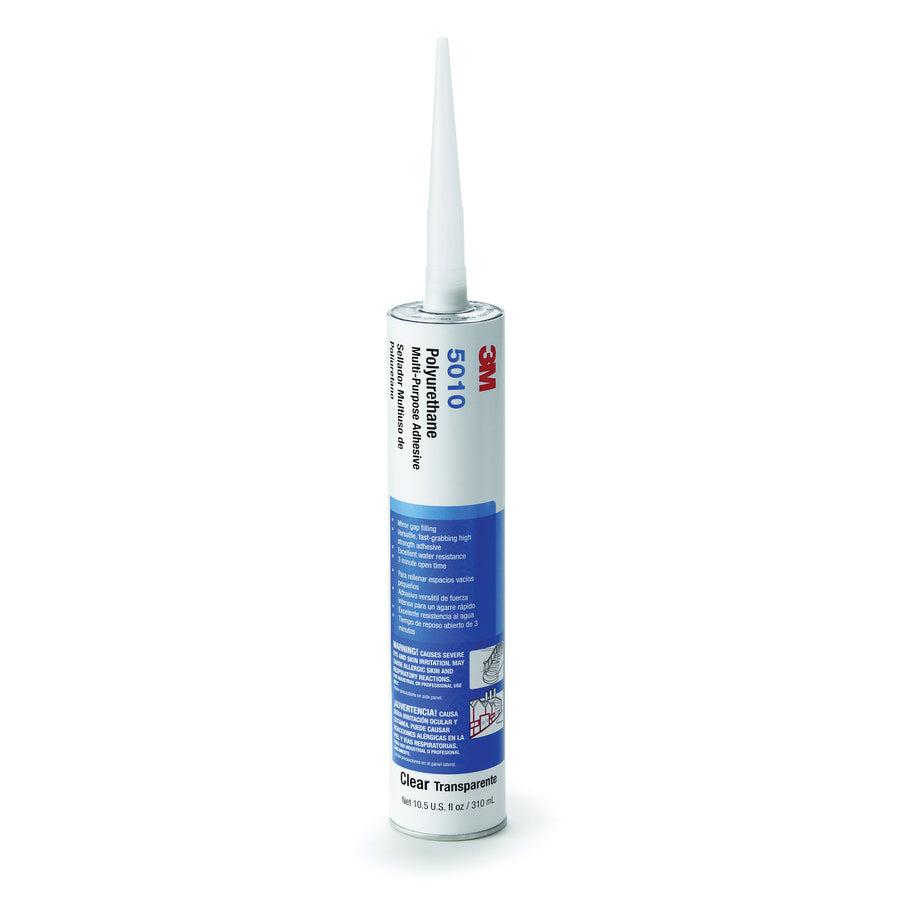
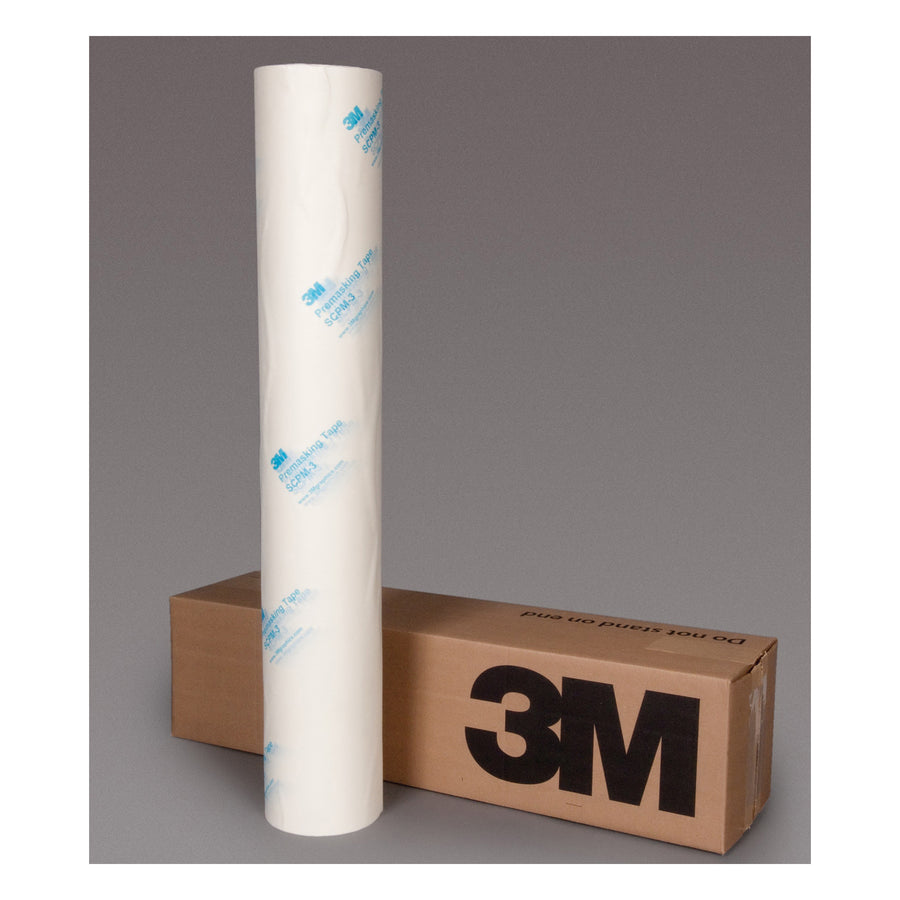
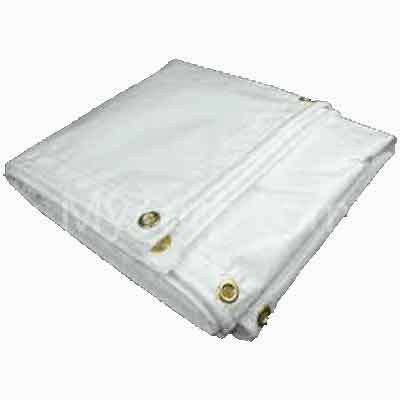
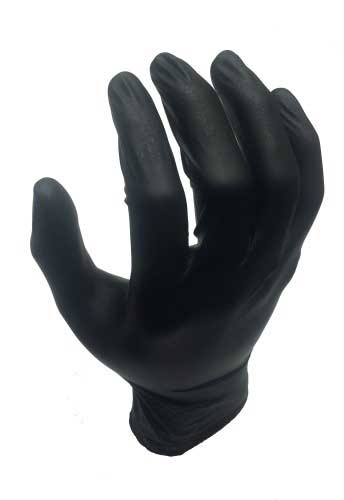

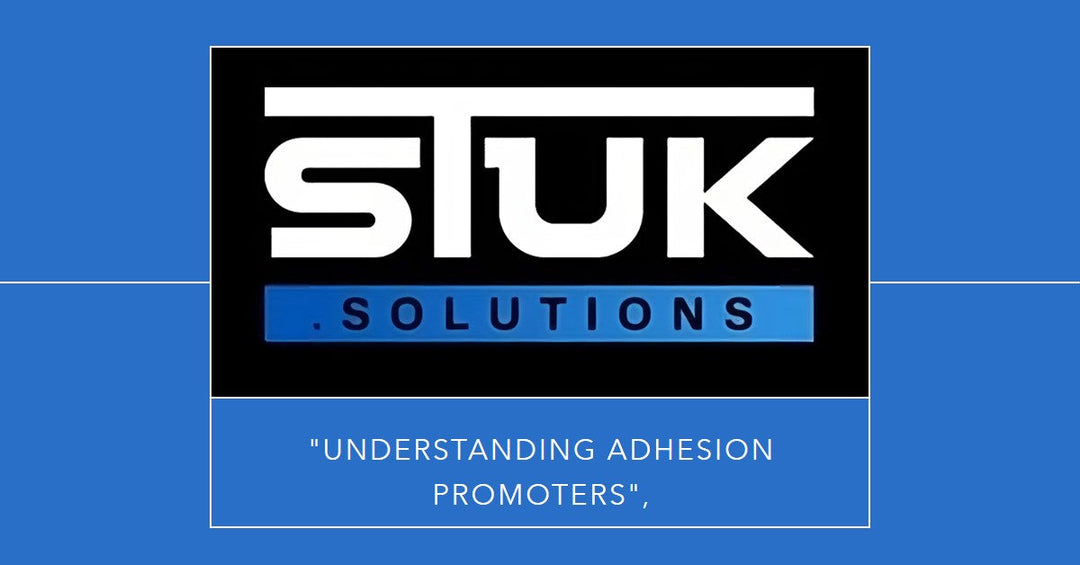

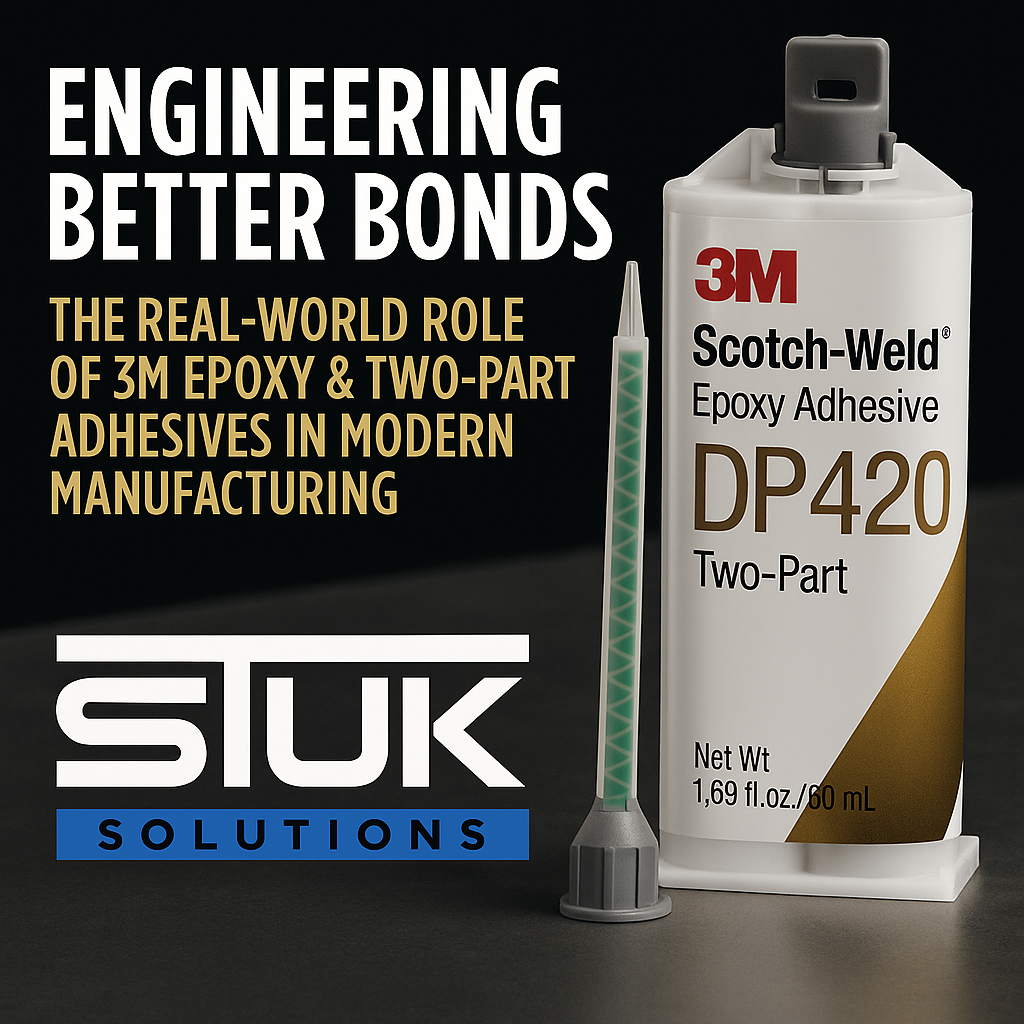
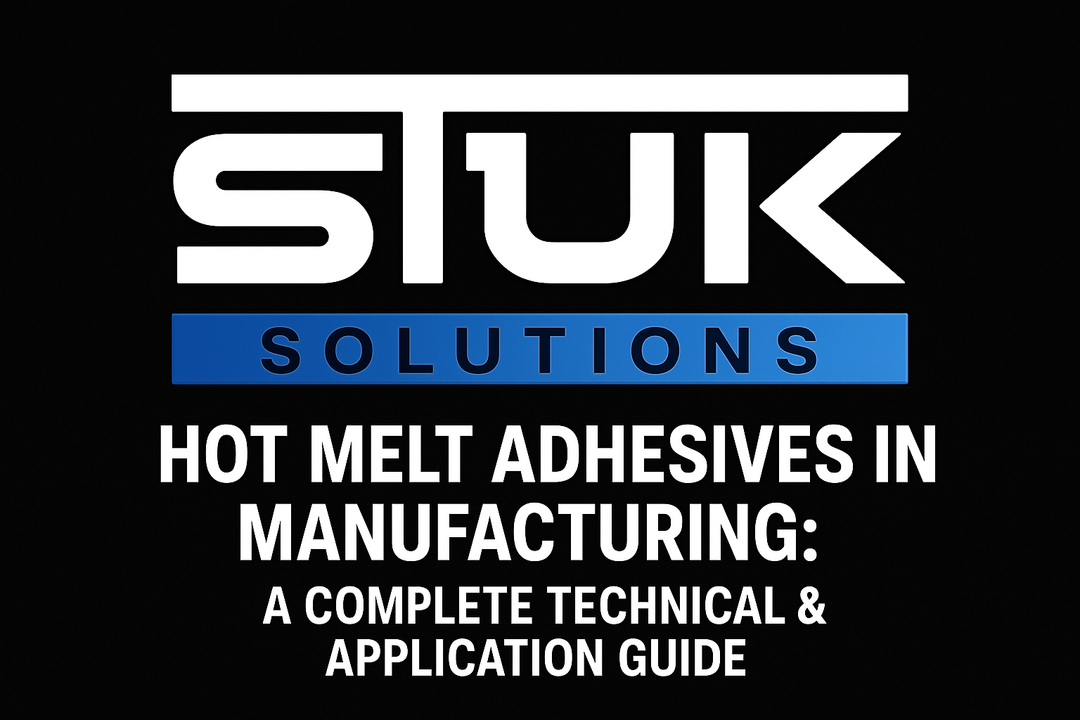
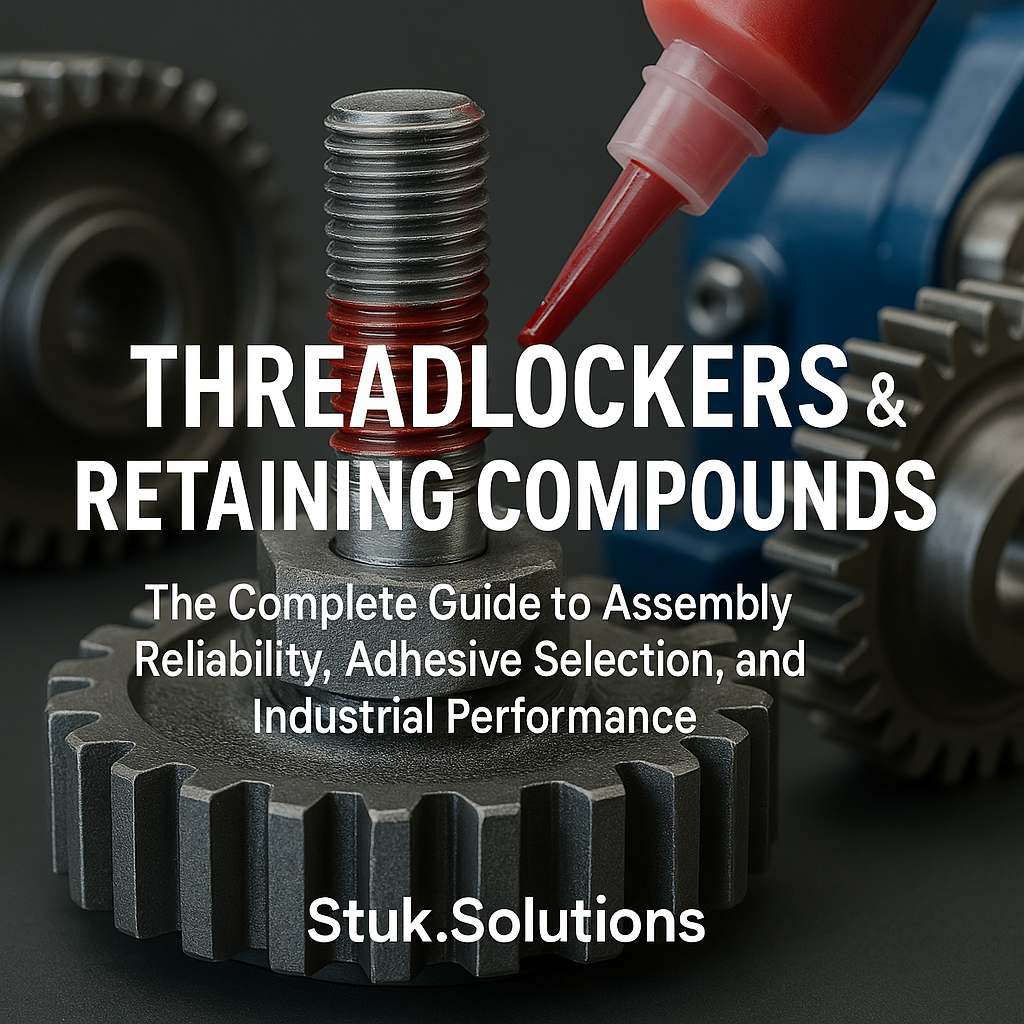
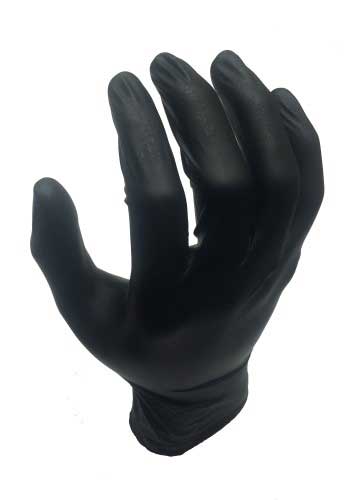
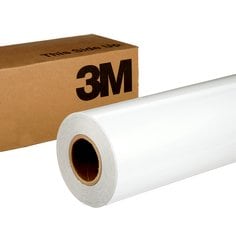
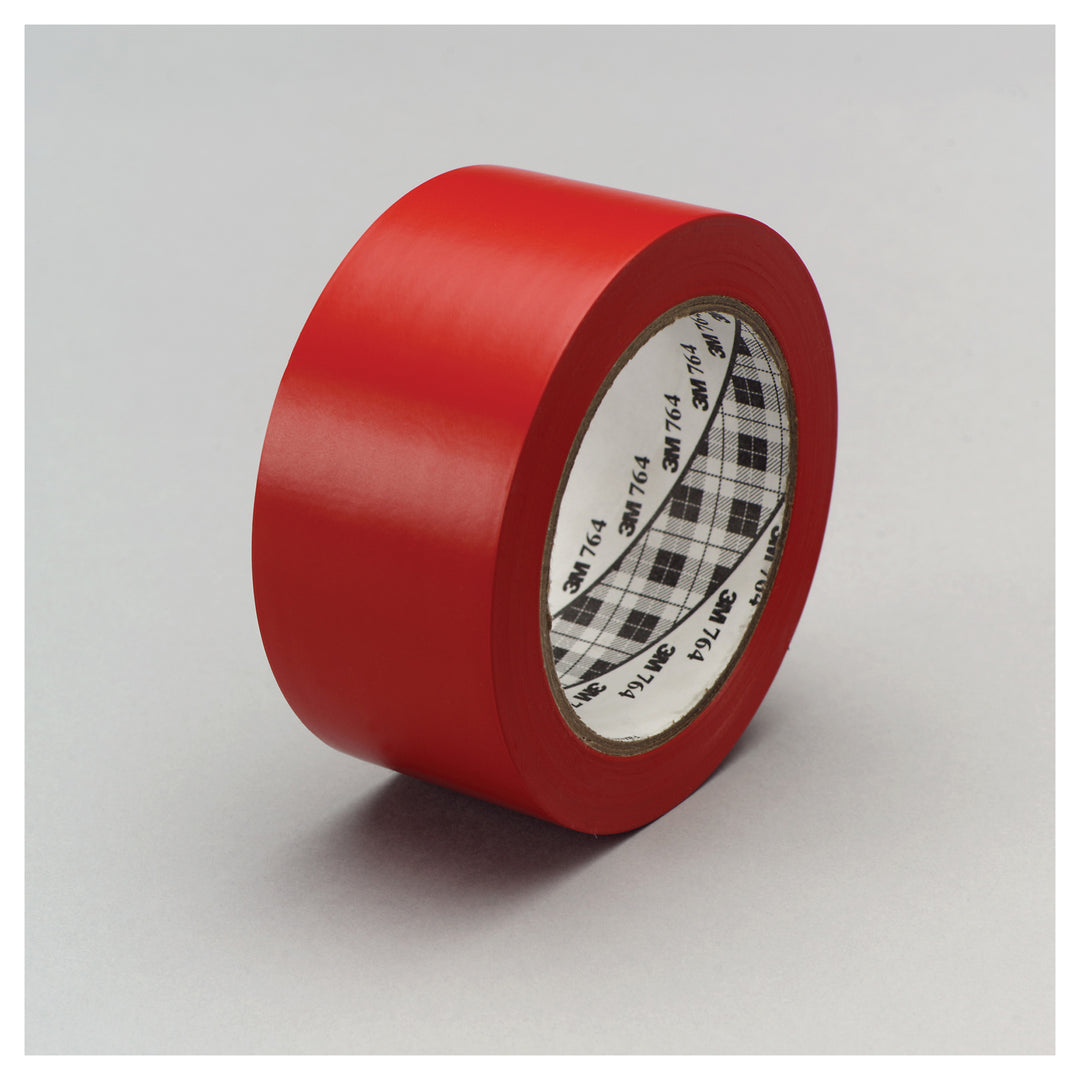
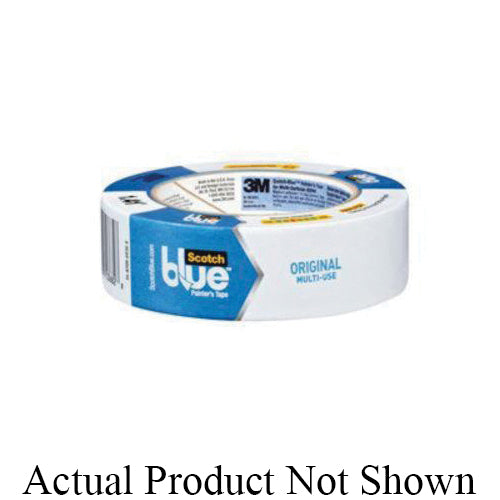
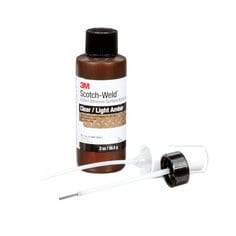
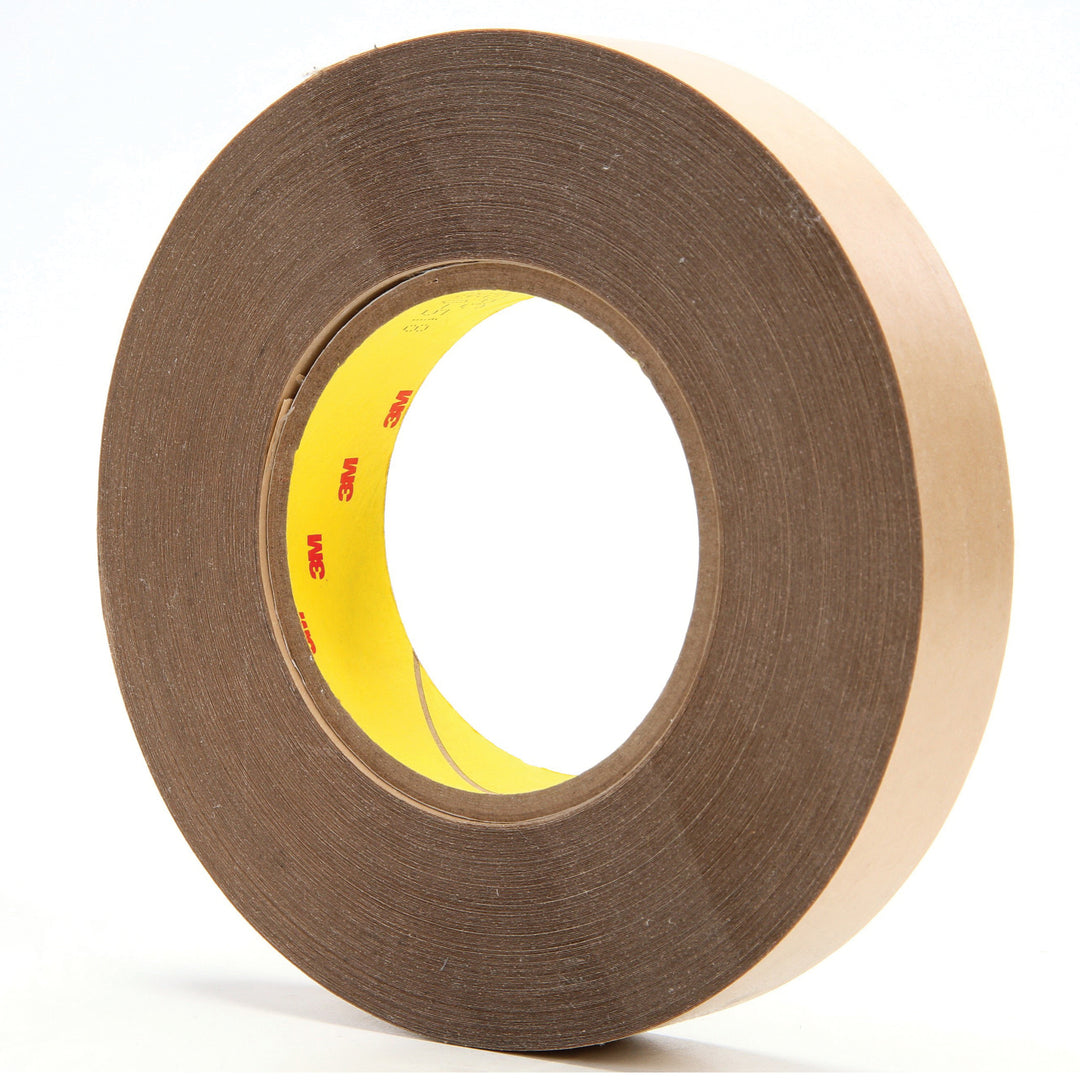
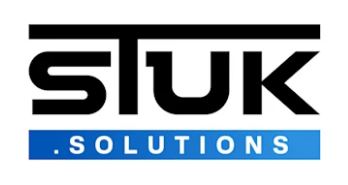
Leave a comment